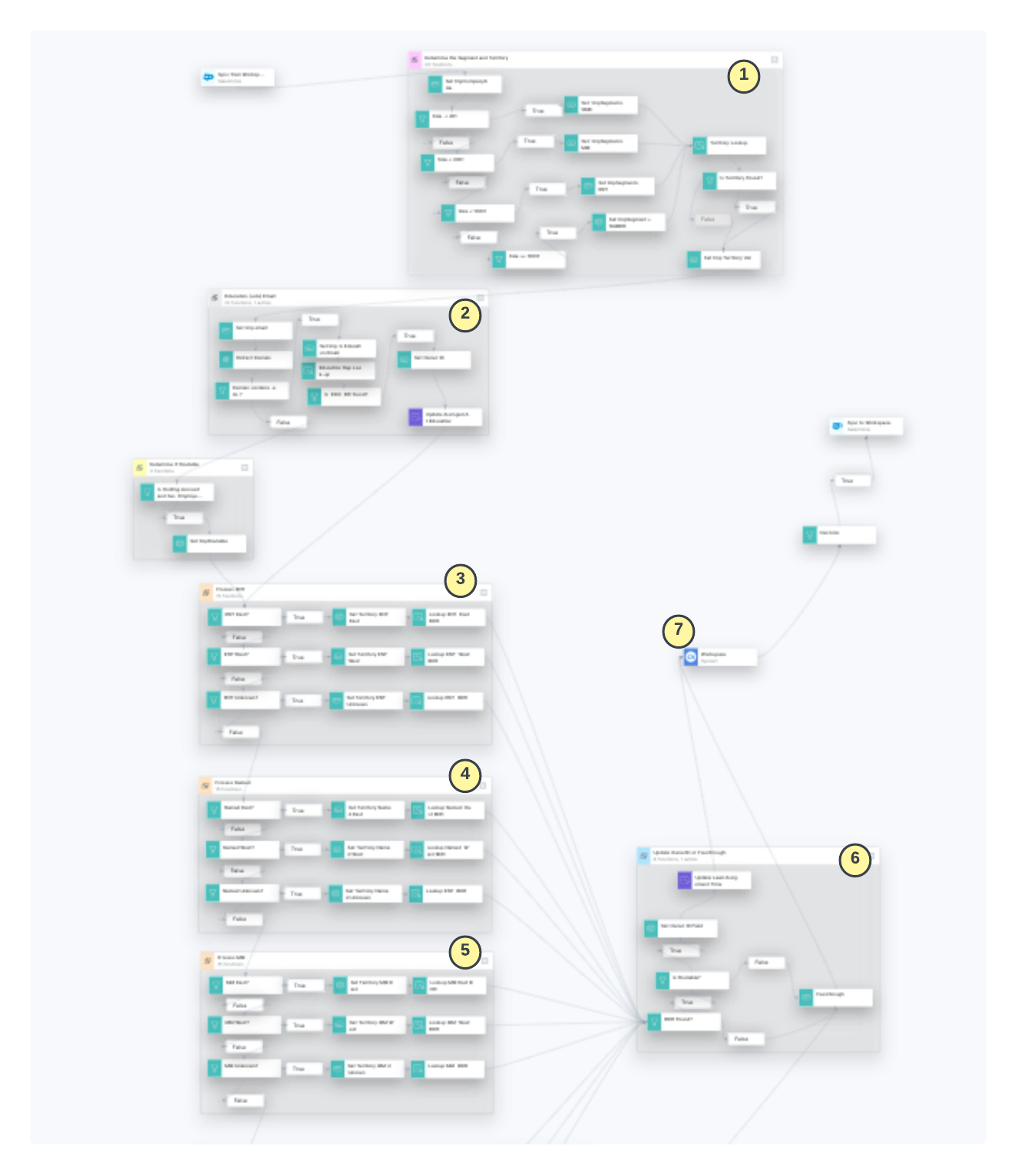Lead Routing Strategies: Elevating the Handoff Experience.
As the Summer Olympic Games are about to kick off, the 4x100m relay stands out as one of the most thrilling events. In a race that demands years of training and lasts just under 40 seconds with four athletes, there's minimal room for error. The crucial moment often hinges on the baton exchange, where smoothness is paramount to maintaining acceleration. This exchange parallels the handoffs between marketing and sales teams when passing a lead. Ideally, this transition should be seamless, akin to a flawless relay exchange.
However, in reality, many B2B companies struggle with this process. The handoff between teams is frequently debated and can be a point of contention within the revenue process. The adage "Time is Money" applies here, as studies indicate that reaching an engaged person within an hour dramatically increases the likelihood of conversion.
Through numerous conversations, several common challenges regarding this handoff process have emerged:
Missing crucial information necessary for routing.
Conflicting data for routing, such as revenue falling into different size ranges.
Leads being sent to a queue in Salesforce (SFDC) without rerouting.
Routing requirements being either too restrictive or not restrictive enough.
Lack of service level agreement (SLA) or mechanism to track lead follow-up.
Changing routing rules is difficult and often requires developer resources.
Addressing these issues, we set out to create a "Gold Standard" for lead routing, aiming for 90% accuracy or higher. Our client, operating with a product-led growth (PLG) model, faced challenges with leads often defaulting to a queue due to data mismatches and slow updates to territory rules.
Key project requirements included routing based on:
State - Name of US State
State Code
Region
Round robin of leads for some segments with multiple reps.
Territory (East, West)
Segment (ENT, MM, SMB, Named, EDU)
Country (Name of country)
Country Code (two char code)
Additionally, we needed to facilitate easy updates to sales rep assignments and enable forward or reassignment of records to new reps when necessary. To streamline the process, we developed a modular structure and utilized visual components, creating tables for rep IDs, territories, and segments on the Syncari data platform.
The routing logic is as follows:
Block 1: Determine Segment and Territory - When new records are created, we check for value for Employee Size and set variables for segment (ENT, Named, MM, or SMB). Then we look up the Territory based upon the billing Country and State values.
Block 2: Identify if it is eligible for routing - There are rules in place to determine micro segments such as .edu email addresses or named accounts as well as a check in place for “Last assignment” and “Created date” to avoid endless loops of reassignment as well as impact legacy records that do not need to be assigned.
Block 3,4,5,6: Assignments and routing - Processes the ENT (enterprise) segment Named (named accounts), MM (mid market), SMB (small medium business) segment with additional round robin rules for SMB between several reps.
Block 7: Update the Owner ID if the record is routing eligible and update the BDR Timestamp and sync the updates back into source systems.
With Syncari's data platform providing log-level detail and easy tuning, we achieved a 100% accuracy rate in routing. By separating each of the process areas we are able to do future enhancements of routing by world GEOs, product line, industry, etc. This streamlined process has alleviated stress for both marketing and sales operations, resulting in a handoff nearly as perfect as the sub-40-second 4x100m relay.
Helpful articles:
https://www.leandata.com/blog/the-modern-rules-of-lead-response-time/
https://www.workato.com/the-connector/lead-response-time-study/


